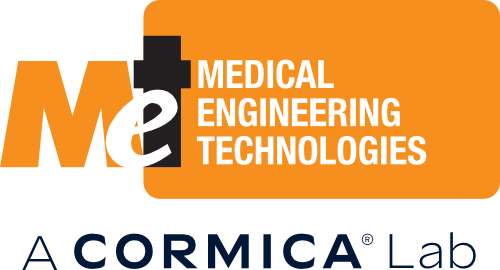Understanding ISO 10993-17:2023 – Key Changes and Their Impact on Medical Device Safety
ISO10993-17:2023 Biological evaluation of medical devices
From Establishment of allowable limits for leachable substances To Toxicological risk assessment of medical device constituents
There have been many articles published and webinars discussing the long waited change of the ISO 10993-17. The standard addressing the materials released during the chemical testing of medical devices was first issued in 2002 and it was risk addressing the allowable limits for the toxicological risk assessment conducted according to the newest ISO10993-18:2020: Chemical Characterisation of medical devices materials within a risk management process and ISO10993-12:2021:Sample preparation and reference materials driven by ISO-10993-1:2018 (EN ISO 10993-1 2020) Evaluation and testing within a risk management process.
The importance of ISO 10993-17 is well known as shown in ISO 10993-1, FDA guidance on use of ISO 10993-1 and Medical Device Regulations (EU MDR), the risk assessment is important step to evaluate safety and define certain or the number of biocompatibility steps. The Toxicological risk assessment (TRA) can be used to address:
- Acute toxicity
- Systemic toxicity (subacute, sub-chronic and chronic)
- Genotoxicity
- Carcinogenicity
- Reproductive/developmental toxicity
So here are some major changes from the 2002 version to the new 2023:
Title: the title now is incorporating the chemical constituents released during the chemical analysis of the medical devices and not only mentioning leachables as it was in the previous issue.
New terms introduced, such as Margin of Safety (MOS), TTC (Threshold of toxicological concern, TSL (toxicological screening limit), EED (Worst case estimated exposure dose), IC (Identified Compound), Total Quantity (TQ), release kinetics.
- MOS has a limit of 1 to define if any harm to the health is associated with the use of the medical device based on the data obtained, therefore if the chemical released calculated MOS<1 there are toxicological concerns and on the contrary, if MOS>1 then no considerable toxicological risk is associated with the use of the medical device use as per the information obtained.
- TSL addresses systemic toxicity, genotoxicity, carcinogenicity, reproductive and developmental toxicity). TSL relies on TTC given in ISO 21726:2019.
- TTC is defined by ISO 21726 : 2019. Application of the threshold of toxicological concern (TTC) for assessing biocompatibility of medical device constituents as bellow:

TI: is the estimate of the daily exposure of an identified constituent over a specified time period (e.g. acute, subacute, sub-chronic, or chronic), on the basis of body weight, in μg/kg/d, that is considered to be without appreciable harm to health.

- EED defines the exposure dose that is a maximum value for a specific intended clinical-use scenario and it is reported in ug/kg/day, this will be calculated as follows:

- IC: identified compound, constituent for which molecular structure information is complete.
- TQ: total quantity, amount of a constituent present in or that can be extracted from the medical device.
- TQ= ug/device extracted in exaggerated (limited) or exhaustive (prolonged or long term) extractables.
- The release kinetics are now used to calculate the potential exposure and risk values at multiple time points by obtaining extraction data over the time in multiple time points.

The new ISO 10993-17:2023 is now aligning with ISO10993-1 &18 and ISO 21726.
Even if the 2023 issue is the state of the art, there is still no clear instruction when the full implementation is expected. Worldwide institutions are still working on transitioning to the new issue, and until US FDA will not provide an Extent of recognition, the submission according to the new standard is risky for FDA.
In China there are no plans to translate the 2023 and the 2002 version is still followed, as well as in Japan, no official docs have been published, normally the Japanese regulators allow compliance with the previous version of the standards.
References:
ISO 10993-1:2018: Biological Evaluation of medical devices part 1: Evaluation and testing within a risk management process
ISO 10993-12:2021 Biological Evaluation of medical devices part 12: Sample preparation and reference materials
ISO 10993-17:2023 Biological Evaluation of medical devices part 17 Toxicological risk assessment of medical device constituents
ISO 10993-18:2020 Biological Evaluation of medical devices part 18: Chemical characterisation of medical device material within a risk management process
ISO/TS 21726:2019 Biological Evaluation of medical device- Application of the threshold of toxicological concern (TTC) for assessing biocompatibility of medical device constituents
